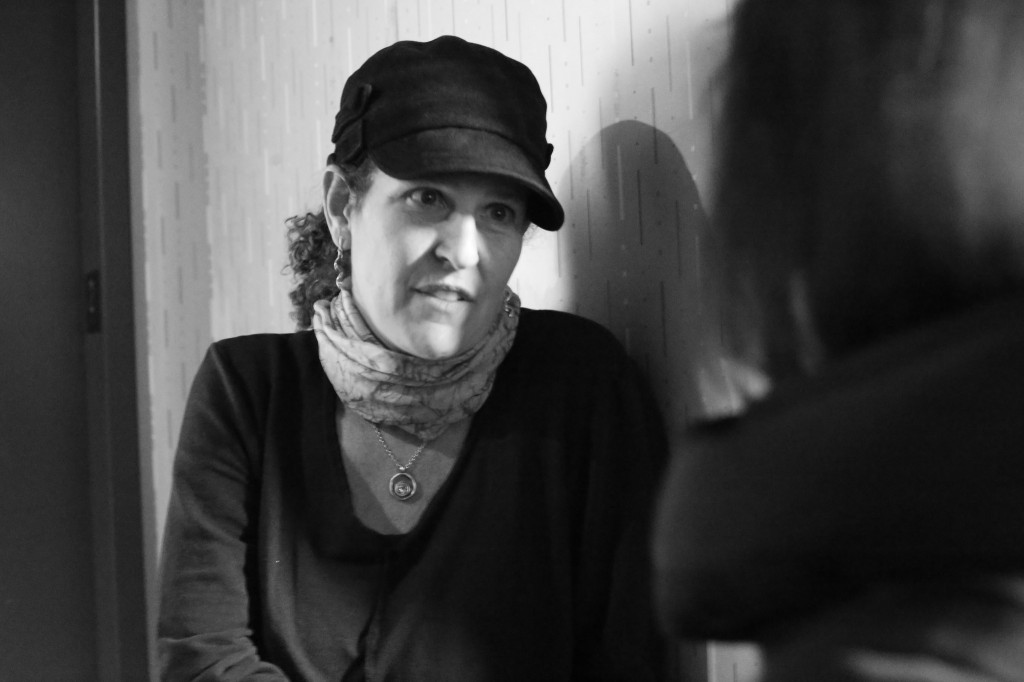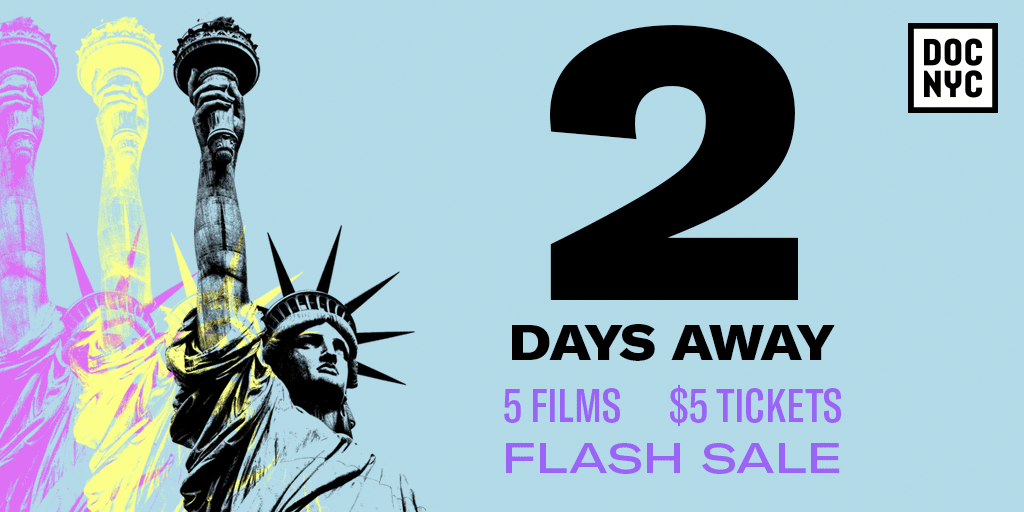Literature, Lies and The Cult of J.T. Leroy If it had been true, the story of J.T. Leroy would have been a nearly unprecedented literary landmark, a discovery so raw and verbally vivid that celebrities, authors, editors, journalists, photographers, fashion designers and film makers would be rendered helplessly devoted.

Written by Krystal Grow
If it had been true, the story of J.T. Leroy would have been a nearly unprecedented literary landmark, a discovery so raw and verbally vivid that celebrities, authors, editors, journalists, photographers, fashion designers and film makers would be rendered helplessly devoted. But the story of J.T. Leroy, and the stories he supposedly created, were part of an intensely crafted series of deceptions that proved so powerful that they inspired a cult-like legion of fans, friends and followers who desperately clung to the irresistibly tragic teenager turned literary wunderkind just the same,
Director Marjorie Sturm unwinds the web of lies and manipulations that led to the rise of J.T. Leroy in the late 1990s in The Cult of J.T. Leroy, which had its world premier last night in a midnight screening at the 5th Annual DOC NYC Festival. In a true feat of persistence and investigative prowess, Sturm followed the story despite being denied access to the Leroy consortium halfway through the project. Not content to let the story slip away, she builds a compelling narrative around Leroy’s rise to fame and eventual exposure as a completely fabricated figure.
Leroy’s story, as many notable writers, journalists and artists said in the film, was so brutal, so nightmarishly traumatic, that they found it difficult to question or challenge him. Claiming that he was abandoned by his mother at a truck stop, he subsequently spiraled into a life of drug abuse, prostitution and violent self-destruction. In a youth hostel and psychiatric center in San Fransisco, he was encouraged by a therapist to write, and after some resistance, supposedly churned out two books that described his young existence in devastating detail.
Through extensive emails and phone calls, Leroy slyly shopped his manuscripts around to writers like Dennis Cooper and Joel Rose, who saw in the vulnerable persona a figure that could have come directly from one of their own novels. As Leroy’s popularity grew, celebrities lined up to read from Sarah and The Heart is Deceitful Above All Things, as Leroy claimed he was too painfully shy and socially anxious to present his own work. So Nancy Sinatra, Lou Reed, Shirley Manson, Rosario Dawson and countless others took the stage, further inflating the mysterious allure of Leroy. Always present at the readings, cocktail parties and gala events, he was precociously charming in dark sunglasses and a shaggy blonde wig.
The Andy Warhol comparison comes up multiple times in the film, as both a compliment and a write off, most notably by former Third Eye Blind singer Stephen Jenkins, who, fawning over Leroy in a hotel room, says he’d “punked Warhol” with his fame and fashion sense. Journalist Stephen Beachy, who eventually broke the facade that Leroy and his puppet-masters had built, had a more cynical perspective, comparing the phenomenon to the media circus and cult-of-celebrity that the pop-art impresario cultivated at The Factory.
While the true identity of J.T. Leroy is effectively dissected and revealed in Sturm’s film, she manages to maintain the mystery surrounding his creation and eventual demise, but in a tangled mess of mangled emotions, complicated lawsuits and wildly elaborate lies, Sturm comes out with a crystal clear image of one of the most alarmingly ambiguous personalities in post-modern literary history.
For more about The Cult of J.T. Leroy, visit the film page on the DOC NYC website. The film is screening two more times over the course of the festival, on SAT. NOV. 15 at 11:55pm at the IFC Center and MON NOV.17 at 5:20pm, also at the IFC Center.
Krystal Grow is an arts writer and photo editor based in New York. She has written for TIME LightBox, TIME.com, LIFE.com, the New York Times Lens Blog, the Magnum Foundation and the Stranger Than Fiction blog and is the 2014 DOC NYC Blog Coordinator. Follow her on Twitter and Instagram @kgreyscale.




